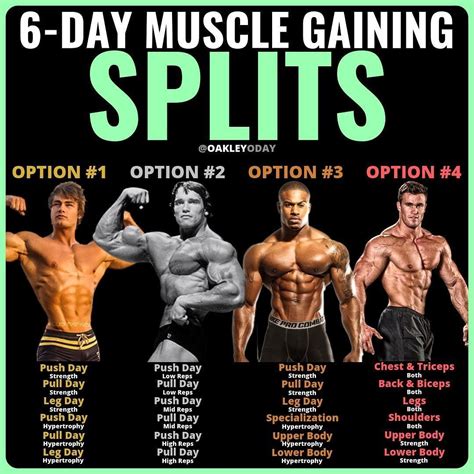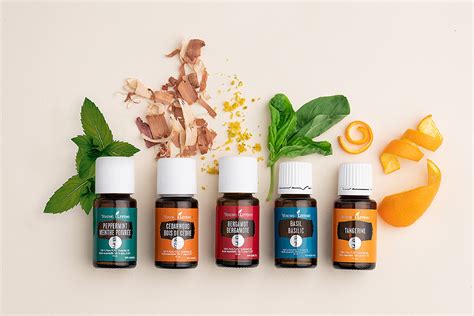What’s the best durable, anti-chafing activewear for high-intensity training?
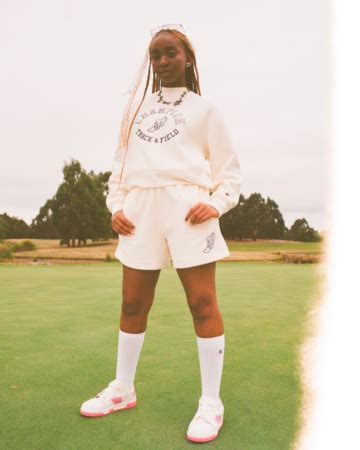
The Quest for Uninterrupted Performance
High-intensity training (HIT) pushes your body to its limits, and your activewear should do the same. Nothing disrupts a peak performance or post-workout recovery quite like uncomfortable chafing or worn-out gear. Finding activewear that is both durable and anti-chafing is paramount for athletes committed to consistent, strenuous workouts.
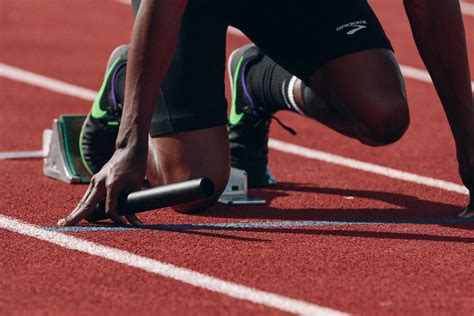
Understanding Durability: Built to Last
Durability in activewear comes down to material science and construction. High-intensity workouts involve repetitive motions, friction, sweat, and frequent washing, all of which can degrade fabric over time. Look for:
- High-Quality Fabric Blends: Synthetic materials like nylon, polyester, and spandex (elastane) are workhorses. Nylon is incredibly strong and resistant to abrasion. Polyester is known for its durability, wrinkle resistance, and color retention. Spandex provides the necessary stretch and recovery, preventing the garment from losing its shape. Blends of these often offer the best of all worlds.
- Reinforced Stitching: Flatlock seams are crucial not only for comfort (anti-chafing) but also for durability. Double-stitching or reinforced stitching in high-stress areas (like crotch, armpits, and waistband) ensures the garment can withstand powerful movements without tearing.
- Fabric Density: A higher denier (unit of fabric density) often indicates greater durability. While you don’t want something overly thick that hinders breathability, a good balance prevents premature wear and tear.
Conquering Chafing: Smooth Moves
Chafing occurs when skin rubs against skin or fabric, especially when sweat is involved, creating friction that leads to irritation, redness, and even painful sores. Anti-chafing activewear minimizes this through specific design elements:
- Flatlock Seams: This is arguably the most critical feature. Flatlock seams are sewn so that the edges of the fabric lie flat against each other, creating a smooth, flat join that won’t rub or irritate the skin. Traditional raised seams are a common cause of chafing.
- Seamless Construction: Some garments are designed with minimal or no seams, further reducing potential friction points. This is particularly common in sports bras and base layers.
- Moisture-Wicking Fabrics: Fabrics that pull sweat away from the skin and quickly disperse it on the fabric’s surface for evaporation are essential. Dry skin is less prone to chafing than wet skin. Polyester and nylon blends excel here.
- Compression: Well-fitting compression wear can help keep fabric snug against the body, preventing it from bunching up or shifting during movement, which can cause chafing. It also keeps skin-on-skin areas from rubbing as much.
- Soft Hand-Feel: While subjective, a soft, smooth fabric surface will inherently cause less friction than a coarse one.
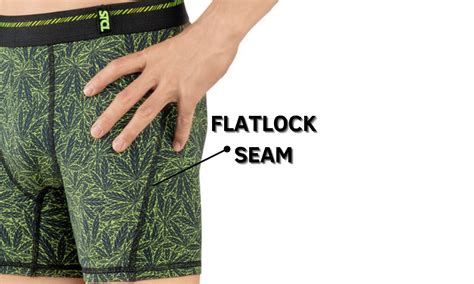
Top Fabric Choices for Performance
- Nylon/Spandex Blends: Offer excellent stretch, recovery, abrasion resistance, and a smooth feel. Great for leggings, shorts, and compression tops.
- Polyester/Spandex Blends: Known for their durability, moisture-wicking properties, and resistance to shrinking/stretching. Often used in t-shirts, shorts, and outer layers.
- Blended Fabrics with Mesh Panels: Strategic placement of mesh in high-sweat areas (e.g., behind knees, underarms) enhances breathability without compromising overall durability or anti-chafing properties.
Key Garment Considerations
Bottoms (Leggings, Shorts)
Look for high-waisted options that stay put, full coverage to prevent thigh-on-thigh rubbing, and flatlock seams. Compression shorts or leggings are excellent for preventing inner thigh chafing during running, cycling, or explosive movements.
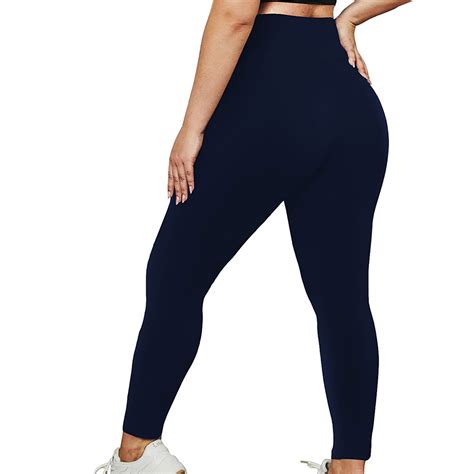
Tops (T-shirts, Tank Tops)
Ensure a snug but not restrictive fit. Loose tops can bunch and chafe, especially under the arms or at the waist. Look for moisture-wicking materials and flatlock seams in shoulder and side areas.
Sports Bras
Seamless or flatlock seam construction is vital to prevent chafing under the bust band, around the shoulders, and across the back. Choose a high-support bra made from moisture-wicking fabrics that fit perfectly to minimize movement.

Socks
Don’t overlook socks! Moisture-wicking, seamless socks (often made from synthetic blends or merino wool) are crucial for preventing blisters and foot chafing during intense activity.
Maintenance for Longevity
Proper care extends the life of your durable activewear:
- Wash in cold water with similar colors.
- Avoid fabric softeners, as they can clog fabric pores and reduce moisture-wicking properties.
- Tumble dry on low heat or air dry to protect synthetic fibers and elastic.
- Wash garments inside out to protect outer surfaces and prints.
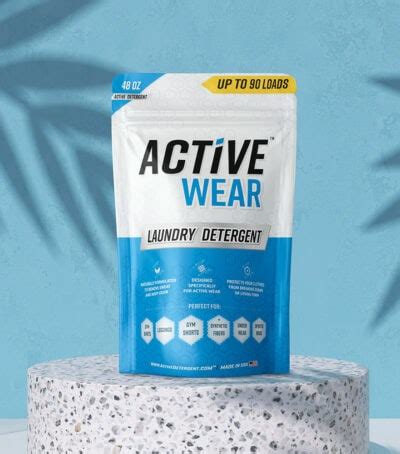
Conclusion
Investing in high-quality, durable, and anti-chafing activewear is not a luxury, but a necessity for anyone engaging in high-intensity training. By prioritizing features like premium synthetic fabric blends, flatlock or seamless construction, moisture-wicking capabilities, and a proper fit, you can ensure your gear supports your performance, enhances your comfort, and stands the test of time. Focus on reputable brands known for their technical apparel, and always check product descriptions for these key elements.

